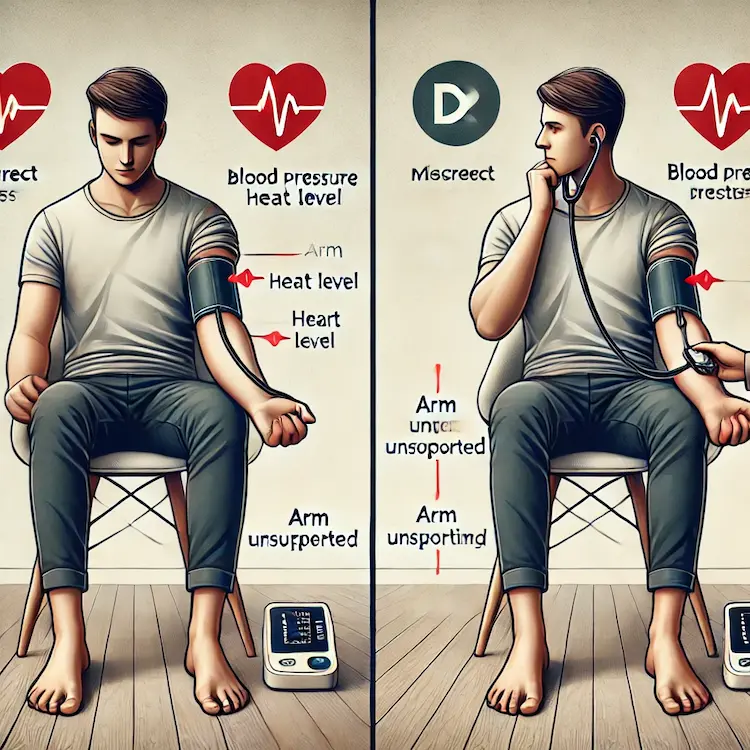Blood pressure monitoring at home is a crucial practice for individuals managing hypertension or other cardiovascular conditions. With advancements in technology, devices like Sphyg offer accurate and user-friendly options for tracking blood pressure outside of clinical settings. This article explores best practices and tips for effective home blood pressure monitoring, discusses its importance, potential societal impacts, and provides comparisons of different monitoring methods.
Home blood pressure monitoring provides several health benefits, including:
A study published in the American Journal of Hypertension found that home monitoring can reduce blood pressure by an average of 3.5 mmHg systolic and 1.5 mmHg diastolic, significantly lowering cardiovascular risk.
Several types of devices are available for home use, each with unique advantages and limitations.
| Type | Advantages | Limitations |
|---|---|---|
| Oscillometric (Digital) Monitors | Easy to use, automated, memory storage, and Bluetooth compatibility. | May require calibration; accuracy varies with improper positioning. |
| Mercury Sphygmomanometers | Gold standard for accuracy, used in clinical settings. | Bulky, requires training, environmental concerns due to mercury. |
| Aneroid (Manual) Monitors | More affordable than digital, no need for batteries. | Requires proper technique; prone to user error. |

Among these, oscillometric digital monitors like Sphyg are preferred for home use due to their ease of operation and automated readings.
Using the correct cuff size is essential for accuracy. A cuff that is too tight or too loose can lead to false readings.
| Arm Circumference (cm) | Recommended Cuff Size |
|---|---|
| 18 – 22 cm | Small (S) |
| 22 – 32 cm | Medium (M) |
| 32 – 42 cm | Large (L) |
Follow these steps for accurate blood pressure measurement:
For consistency, measure at the same time daily:
Taking multiple readings (two in the morning and two in the evening for a week) gives a more reliable average.
| Factor | Effect on Readings |
|---|---|
| Cuff too tight or too loose | Can cause overestimation or underestimation. |
| Talking or moving during measurement | Increases systolic readings. |
| Full bladder | Can raise BP by 10–15 mmHg. |
| Cold temperatures | Causes blood vessels to constrict, raising BP. |
| Recent caffeine or alcohol consumption | Temporarily increases BP. |
Avoiding these factors ensures more consistent and accurate results.
While clinical BP checks are essential, home monitoring offers additional benefits.
| Aspect | Home Monitoring | Clinic Monitoring |
|---|---|---|
| Frequency | Daily or multiple times per week. | Typically once every few months. |
| Convenience | Can be done anytime at home. | Requires appointment and travel. |
| White Coat Syndrome | Avoids anxiety-induced high readings. | Some patients experience elevated readings in clinics. |
| Data Tracking | Digital monitors store long-term trends. | Relies on occasional snapshots. |
Regular home monitoring complements clinical visits, providing a clearer picture of blood pressure trends.
Blood pressure is measured in millimeters of mercury (mmHg) and consists of two numbers:
| Category | Systolic (mmHg) | Diastolic (mmHg) |
|---|---|---|
| Normal | < 120 | < 80 |
| Elevated | 120 – 129 | < 80 |
| Hypertension Stage 1 | 130 – 139 | 80 – 89 |
| Hypertension Stage 2 | 140+ | 90+ |
| Hypertensive Crisis | 180+ | 120+ |
For accurate diagnosis, consult a doctor before making any changes based on home readings.

Home Blood Pressure Monitoring tips with devices like Sphyg helps individuals take control of their heart health. By following best practices, choosing the right device, and maintaining consistent monitoring habits, users can achieve better health outcomes and prevent complications. Combining home readings with clinical checkups ensures a comprehensive approach to blood pressure management.